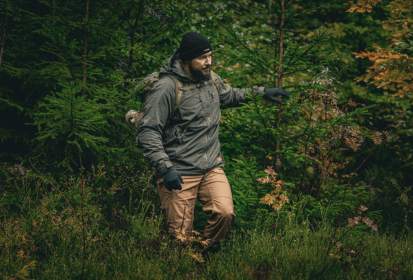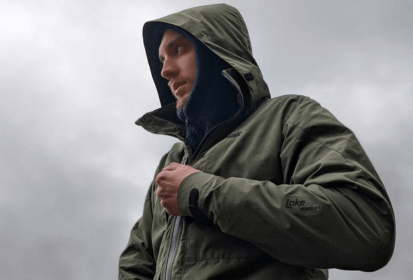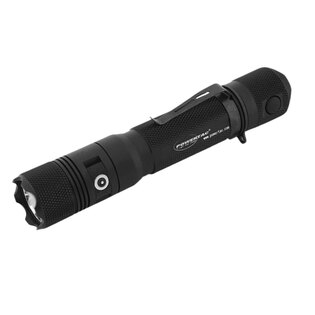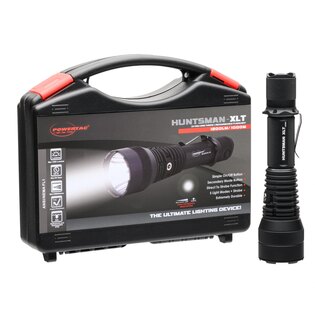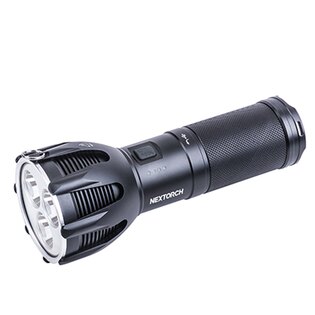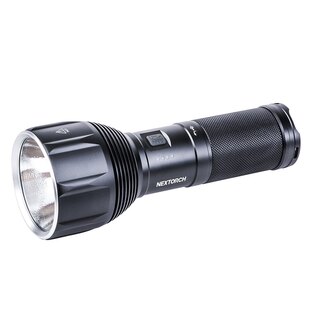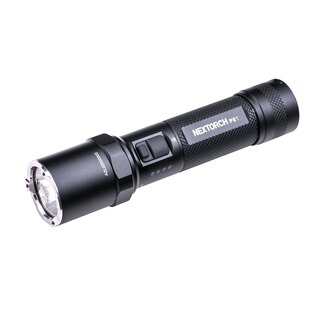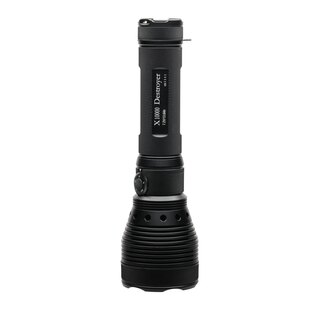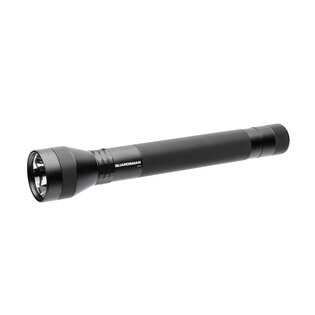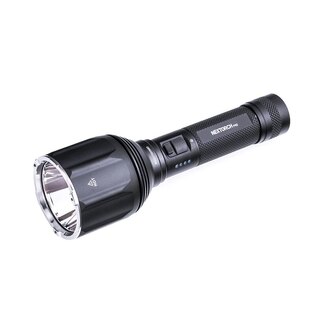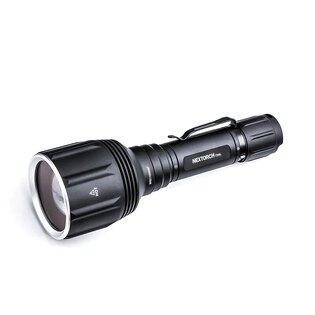Collision with Wildlife – Step by Step: What to Do After an Accident
A collision with an animal is an unexpected event that can endanger both you and your passengers. Knowing the correct steps to take immediately after the incident can significantly reduce the consequences and help you stay in control of a crisis situation.
Even with maximum caution, it’s not always possible to avoid wildlife on the road. This article walks you through the key steps to take after an accident to ensure everyone’s safety and minimize further complications. If you’re interested in prevention, read our companion guide: How to Avoid Collisions with Wildlife: Practical Tips for Drivers, which focuses on safe driving in high-risk areas.
Secure the Accident Scene
Safety always comes first. After a collision with wildlife, immediately ensure that you and all road users are out of harm’s way. Turn on your hazard lights, place a warning triangle at a safe distance, and make sure the scene is visible to other drivers.
Safety When Securing the Accident Scene
- • Turn on your hazard lights and put on a reflective vest – this alerts other drivers to your stopped vehicle.
- • Place a warning triangle at a safe distance behind the vehicle to give approaching drivers enough time to slow down.
- • Ensure the safety of everyone involved – not only your passengers but also other road users. Keep in mind that the accident may have occurred on a busy road, so proper scene protection is essential.
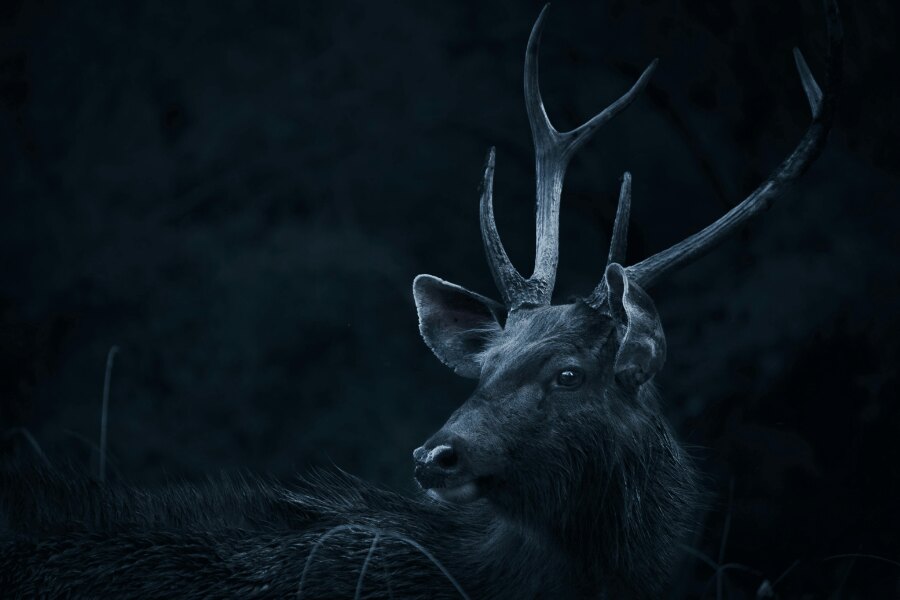
Deer at dusk – the risk of wildlife collisions is highest during early morning and evening twilight.
Call the Police
It is crucial to contact the police right away after a collision with wildlife. Officers will prepare an official accident report, which is essential not only for documenting the event but also for filing an insurance claim.
Without this report, your insurer may refuse to recognize your claim, making this step absolutely vital.
The police report serves as an official record, detailing the location, time, conditions, and involvement of wildlife or other vehicles. Submitting this report to your insurance company speeds up the claims process and helps prevent misunderstandings.
Additionally, the police will contact a gamekeeper or wildlife manager if the animal is injured or dead. These professionals are trained and authorized to handle wildlife safely and humanely, ensuring that all legal obligations are met.
Safety When Securing the Accident Scene
- • Turn on your hazard lights and put on a reflective vest – this alerts other drivers to your stationary vehicle.
- • Place a warning triangle at a sufficient distance behind the vehicle to give oncoming drivers time to slow down.
- • Ensure the safety of everyone involved – not just your passengers but all other road users. Remember, the accident may have occurred on a busy road, so proper scene protection is crucial.
- 👉 Driver’s Tip: When the police arrive, be ready to provide all necessary details – for example, how many animals were involved, the direction they were moving, and the condition of your vehicle. Clear and accurate information helps the police and gamekeepers assess the situation effectively.
Failing to Report the Incident – Possible Fines and Penalties
Do not underestimate your duty to report the collision. Failing to notify the authorities may result in legal consequences or fines, as every wildlife collision must be officially recorded.
Unreported Collision – Possible Penalties
- • Fines or penalties may apply for failing to report a traffic accident.
- • Your insurance company may reject your claim if official documentation or police reports are missing.
- • Reporting is not just a formality – it’s essential for the safety of other road users and for properly resolving the situation involving the animal.
Do Not Handle the Animal
Never try to move, kill, or take an injured or dead animal from the scene. Wild animals can be unpredictable and dangerous, and touching them may also be illegal. Wait for the police or gamekeeper to arrive and handle the situation properly.
Do Not Handle the Animal
- • Do not approach injured wildlife – animals such as wild boars, deer, or stags can cause serious injury if threatened.
- • Do not attempt to kill or remove the animal – such actions may be considered a criminal offence of poaching.
- • Stay calm and wait for the police or a gamekeeper to arrive – they are authorized and trained to handle the situation safely and correctly.
Take Photographic Evidence
Photographs are crucial for both the police and your insurer, as they provide objective proof of the incident. Capture clear images of the vehicle damage, the surrounding area, and, if safe to do so, the animal involved. Good documentation will make it easier to process your claim.
Take Photographic Evidence
- • Photograph the accident scene, any vehicle damage, and the animal if possible, provided it is safe to do so.
- • Include the surrounding environment – for example, the distance from trees, the road, and terrain conditions that may be relevant to assessing the situation.
- • Ensure the photos are clear and well-lit so that the extent of the damage and the circumstances of the accident are easy to understand.
- • Take photos from multiple angles – front, side, and close-ups of the damage. This improves the quality of your documentation and supports any official investigation.
- • Store the photos safely and record the time and location they were taken, as this information may be required for the police report or insurance claim.
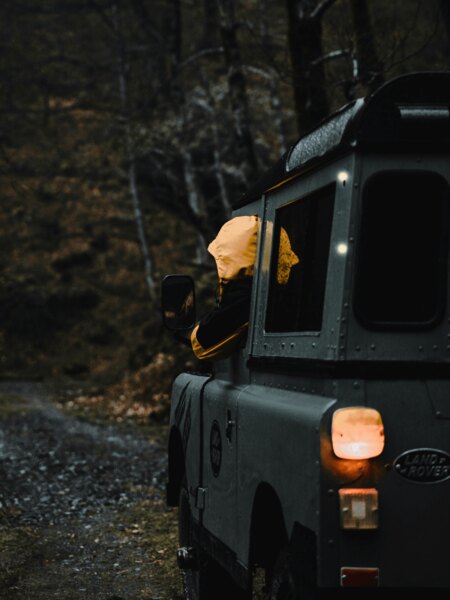
Off-road vehicle at dusk on a forest track – a high-risk area with limited visibility and a strong likelihood of wildlife nearby.
Species-Specific Considerations
Different species behave differently, and the severity of the impact may vary depending on the size and type of animal. Larger animals like deer or wild boar can cause significant vehicle damage, while smaller animals might be harder to spot or react to. Always prioritize safety over attempting to identify or approach the animal.
Species-Specific Behaviour
Roe Deer, Deer, and Red Deer
- • They usually move in groups – if one crosses the road, others are likely to follow.
- • They are fast and can change direction suddenly, so it’s safest to stay in your lane and brake firmly rather than swerve into oncoming traffic.
- • A collision with a large stag can cause more severe damage than with smaller deer – always drive with extra caution in forested areas.
Wild Boar
- • Wild boars are heavier and less predictable than deer.
- • They often lead the herd and can suddenly charge onto the road without warning.
- • In an emergency, it’s safer to stay in your lane and brake firmly rather than attempt to swerve, which could cause a more serious accident.
Hare and Small Animals
- • They move quickly, but their lighter weight means the risk of serious vehicle damage is lower.
- • However, sudden movements can still cause skidding or a collision with roadside obstacles – reduce your speed and stay alert for quick reactions.
Report the Damage to Your Insurance Company
Notify your insurance company as soon as possible after the incident. The sooner you file the claim, the faster and easier the process will be.
Make sure to attach the official police report—it serves as an essential document for evaluating your claim.
Check your policy to determine under which coverage the incident falls.
Mandatory liability insurance (third-party insurance) only covers damage caused to others, not to your own vehicle. Damage from wildlife collisions is usually covered only if you have wildlife collision coverage as an add-on or comprehensive insurance (havarijní pojištění) that includes this type of event.
Pro Tip: When contacting your insurer, have all your documents ready—photos, the police report, and basic details about the location and circumstances. This will make the entire process faster and smoother.
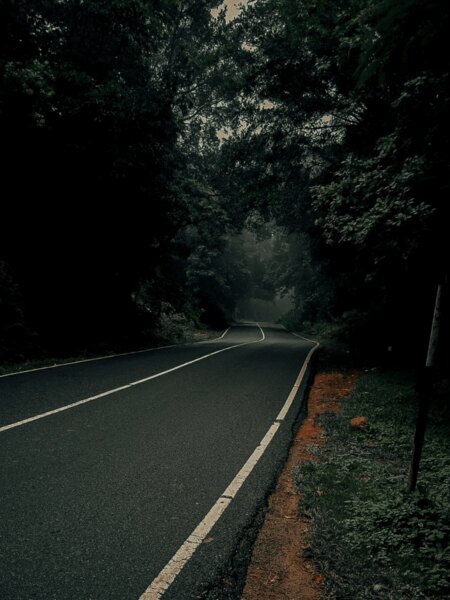
Autumn forest road – if an accident occurs in a similar setting, always secure the scene, switch on hazard lights, and place a warning triangle.
Insurance and Legal Framework
It’s important to understand the legal aspects of wildlife collisions.
Wild animals are considered ownerless, which means no one can be held liable for their presence on the road. As a result, damage from such collisions cannot be claimed from another driver’s liability insurance.
For domestic animals (such as dogs, cows, or horses), the owner is responsible for covering the damage—either personally or through their liability insurance, if they have one.
Also, be aware of the difference between liability insurance and comprehensive coverage:
Insurance – What You Need to Know
- • Third-party liability insurance covers damage you cause to others. Collisions with wildlife are not typically included, but you may have an optional add-on for animal collisions.
- • Comprehensive insurance covers damage to your own vehicle caused by accidents, but it does not always automatically include wildlife collisions. This coverage must be specifically listed among the insured risks (for example, marked as “collision with an animal” or included under “natural and other hazards”).
Even seemingly minor accidents can result in repair costs reaching tens or even hundreds of thousands of crowns, especially for luxury or imported vehicles. Having appropriate insurance protects you from unexpected financial burdens.
Summary: What to Do After a Collision
After colliding with wildlife, your top priority is the safety of your passengers and other road users.
Stay calm and act systematically:
- Secure the scene – turn on hazard lights and place a warning triangle.
- Call the police immediately.
- Do not touch or move the animal.
- Take photos if it’s safe to do so.
- Report the incident to your insurance company and include the police report.
While prevention is always best, it’s not always possible to avoid wildlife on the road.
Knowing the correct procedure after an accident can help you minimize damage, protect everyone’s safety, and avoid unnecessary financial losses.
Readers are further interested
